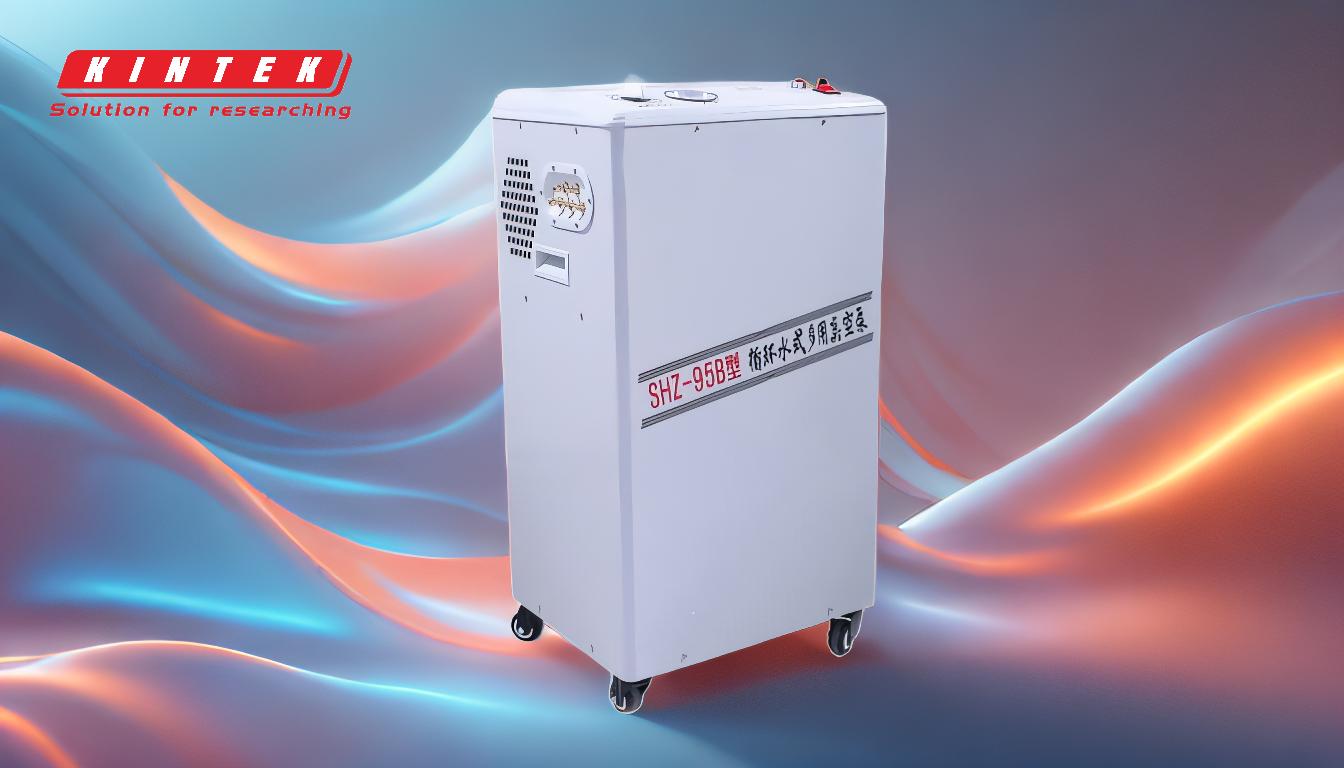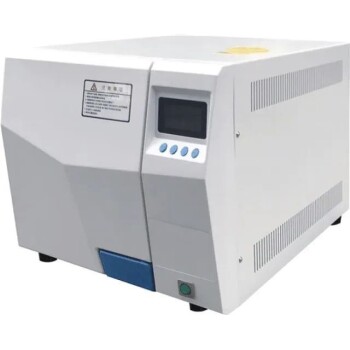The pressure in a medical vacuum pump typically operates within a range that ensures efficient suction for medical applications, such as removing fluids or creating a vacuum for surgical procedures. Medical vacuum pumps are designed to achieve a specific vacuum level, often measured in negative pressure units like mmHg or kPa, depending on the application. The pressure range is carefully calibrated to ensure safety and effectiveness in medical environments. Below, we break down the key aspects of pressure in medical vacuum pumps and how they function.
Key Points Explained:

-
Pressure Range in Medical Vacuum Pumps:
- Medical vacuum pumps typically operate in a pressure range of -300 to -700 mmHg (millimeters of mercury), which translates to approximately -40 to -93 kPa (kilopascals). This range is suitable for most medical applications, including suctioning fluids during surgeries or creating a vacuum for wound drainage.
- The exact pressure required depends on the specific medical procedure. For example, surgical suction may require a higher vacuum level compared to wound drainage systems.
-
High Pressure Ratio and Multistage Design:
- A typical characteristic of a lab vacuum pump is its high pressure ratio, which is why multistage designs are often used. Multistage pumps can achieve deeper vacuum levels by dividing the pressure reduction process into multiple stages, ensuring consistent performance and reliability in medical settings.
-
Role of Booster Pumps:
- Booster pumps, which feature double-lobe impellers rotating in opposite directions, are sometimes used to enhance the vacuum level in medical systems. These pumps assist in maintaining the required pressure by efficiently pulling air or gas from the system, ensuring a stable vacuum.
-
Impact of Vacuum Level on Vapor Pressure:
- The vacuum level directly affects the vapor pressure of materials within the system. Vapor pressure is the pressure exerted by a material in equilibrium with its own vapor at a given temperature. In medical applications, controlling the vacuum level ensures that fluids or gases are effectively removed without causing unintended changes in the material properties.
-
Safety and Precision in Medical Applications:
- Medical vacuum pumps are designed with precision controls to meet strict safety standards. The pressure settings are calibrated to avoid excessive suction, which could damage tissues or interfere with medical procedures. Advanced systems may include sensors and alarms to monitor pressure levels and ensure they remain within the desired range.
-
Comparison with Industrial Vacuum Systems:
- Unlike industrial vacuum systems, which may operate at much higher or lower pressures depending on the application, medical vacuum pumps are optimized for human safety and procedural efficiency. For example, a vacuum brazing furnace might operate at much higher temperatures and pressures, but such conditions are not suitable for medical use.
-
Maintenance and Calibration:
- Regular maintenance and calibration are essential for medical vacuum pumps to ensure consistent pressure levels. Over time, wear and tear can affect the pump's performance, leading to deviations in pressure. Routine checks and servicing help maintain the pump's efficiency and reliability.
In summary, the pressure in a medical vacuum pump is carefully controlled to meet the specific needs of medical procedures. The use of multistage designs, booster pumps, and precise controls ensures that these pumps operate safely and effectively. Understanding the pressure range and its impact on medical applications is crucial for selecting and maintaining the right vacuum pump for healthcare settings.
Summary Table:
| Aspect | Details |
|---|---|
| Pressure Range | -300 to -700 mmHg (-40 to -93 kPa) |
| Key Applications | Surgical suction, wound drainage, fluid removal |
| Multistage Design | Ensures deeper vacuum levels and consistent performance |
| Booster Pumps | Enhance vacuum levels with double-lobe impellers |
| Safety Features | Precision controls, sensors, and alarms for pressure monitoring |
| Maintenance | Regular calibration and servicing to ensure reliability |
Need a medical vacuum pump tailored to your needs? Contact our experts today for personalized solutions!












